1. Understanding the Basics of Stud Welding
Stud welding machine is a process where a metal stud (a type of fastener) is welded onto a metal base by using either an arc or capacitor discharge. The three main types of stud welding machines are:
Drawn Arc Stud Welding Machine – Common in heavy-duty applications and requires flux and ceramic ferrules.
Capacitor Discharge (CD) Stud Welding Machine – Ideal for thin sheet metals, often used in electrical or light fabrication.
Short Cycle Stud Welding Machine – A quicker variation of arc welding, used when some arc power is needed but with faster speed.
Despite differences, most stud welding machines follow a similar operation pattern: positioning the stud, pressing a trigger, and completing the weld in milliseconds.
2. Ease of Operation: What Makes It User-Friendly
Modern stud welding machines are designed with simplicity and efficiency in mind. Most models include:
Digital control panels: These allow users to adjust welding parameters like time, current, and voltage easily.
Automatic settings: Many machines come with preset modes for common materials and stud sizes.
Portable designs: Lightweight and compact units make operation easier on job sites.
Ergonomic guns: Stud welding guns are designed for comfort and precision, even during long usage periods.
For basic tasks, operating a stud welding machine typically involves minimal training. Many users can get started after a short demo or training session.
3. Training and Learning Curve
While the basic operation may be simple, understanding optimal settings for different metals, stud types, and thicknesses can take time. New users may need guidance in:
Choosing the right type of stud and machine for the job.
Adjusting power settings to avoid burn-through or weak welds.
Aligning the stud properly to ensure strong bonds.
Performing safety checks and maintenance.
For industrial applications or high-precision jobs, training is recommended. Many manufacturers or suppliers provide training programs and manuals. In factories, operators typically receive hands-on instruction from senior technicians or supervisors.
4. Common Challenges for New Operators
While stud welding is not overly difficult, beginners may encounter a few typical challenges:
Improper surface preparation: Oil, paint, rust, or scale can affect weld quality. Surfaces need to be clean and sometimes ground before welding.
Wrong settings: Using incorrect current or time settings can lead to weak welds or damage.
Poor alignment: Misalignment may cause the stud to bend or not fuse properly.
Studs falling off: This can occur if the machine is not calibrated or the operator lifts the gun too quickly.
Fortunately, these problems are easy to correct once the user becomes familiar with the machine.
5. Safety Considerations
Stud welding involves high current, intense heat, and sometimes sparks. Operators must follow safety protocols:
Wear protective clothing, gloves, and eye protection.
Keep flammable materials away from the work area.
Use machines with built-in safety features like overcurrent protection and thermal shutdown.
Ensure proper grounding and power supply.
Most modern machines come with safety interlocks and alert systems to make operation safer for beginners.
6. Who Can Operate a Stud Welding Machine?
DIY hobbyists: For small tasks like attaching brackets or assembling frames, many capacitor discharge machines are beginner-friendly and require little technical skill.
Technicians: Industrial machines may need more experience, especially for large-diameter studs or heavy fabrication.
Skilled workers: In sectors like shipbuilding or bridge construction, experienced welders are preferred, but with training, even new staff can operate these machines successfully.
7. Conclusion: Not Difficult with the Right Tools and Guidance
So, is the stud welding machine difficult to operate? Not really. Thanks to modern design improvements, intuitive controls, and available training resources, even a novice can learn to operate a stud welding machine efficiently in a short time. While some practice and understanding of materials are needed for high-quality welds, the process itself is straightforward, fast, and safe when done correctly.
Whether you’re a beginner exploring the technology or a business owner considering adding stud welding to your operations, rest assured—it’s a practical and accessible tool that becomes easier the more you use it.
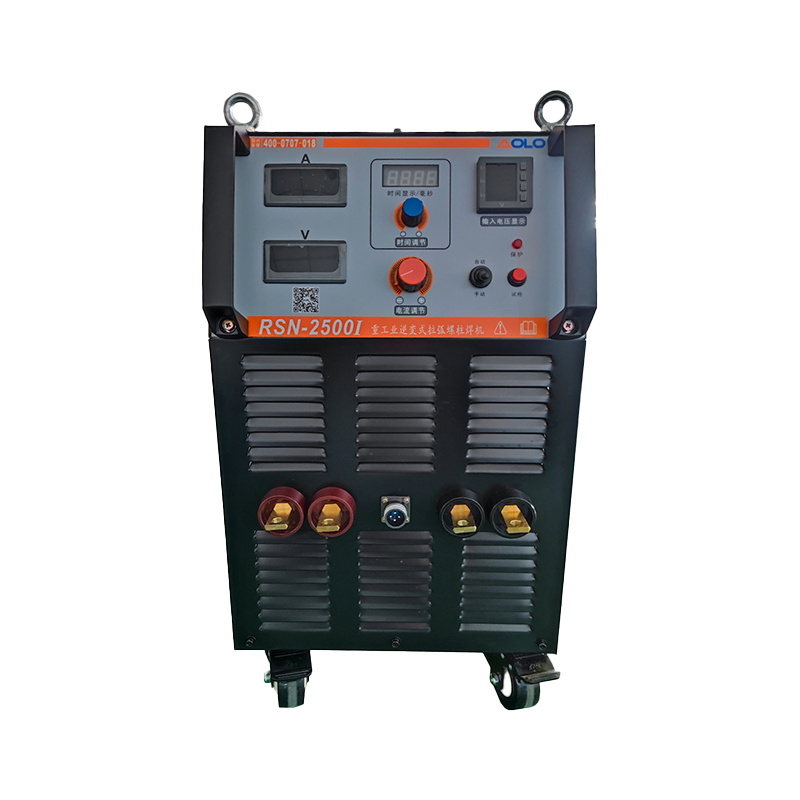



 English
English 中文简体
中文简体 Español
Español русский
русский


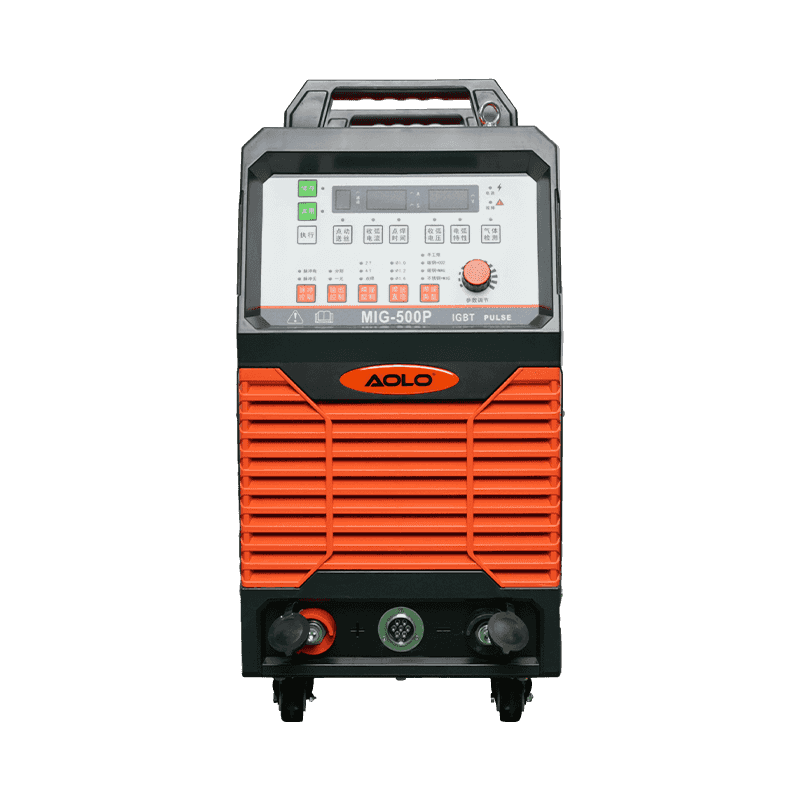
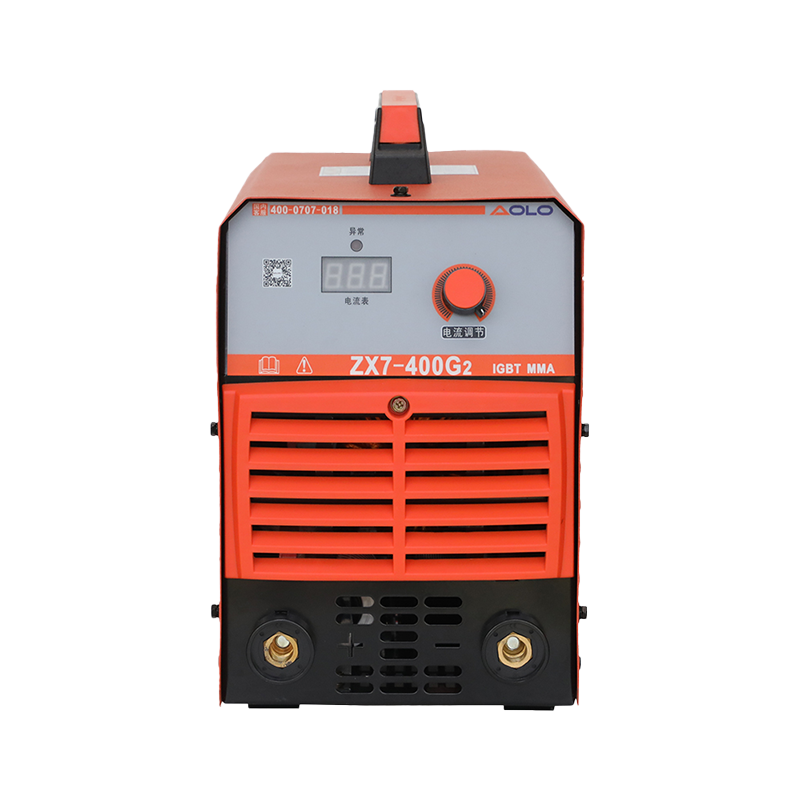
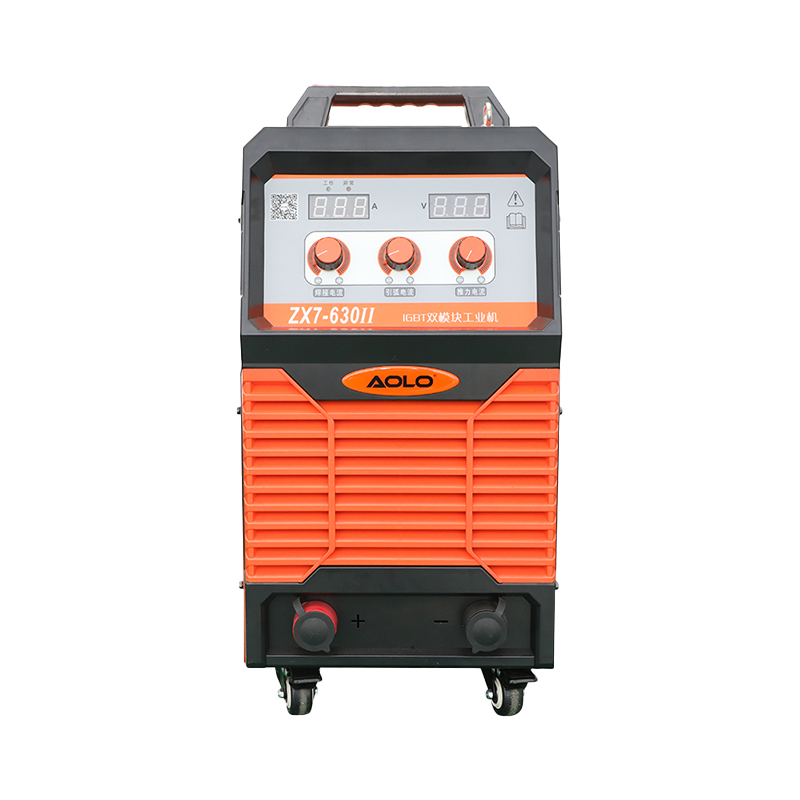
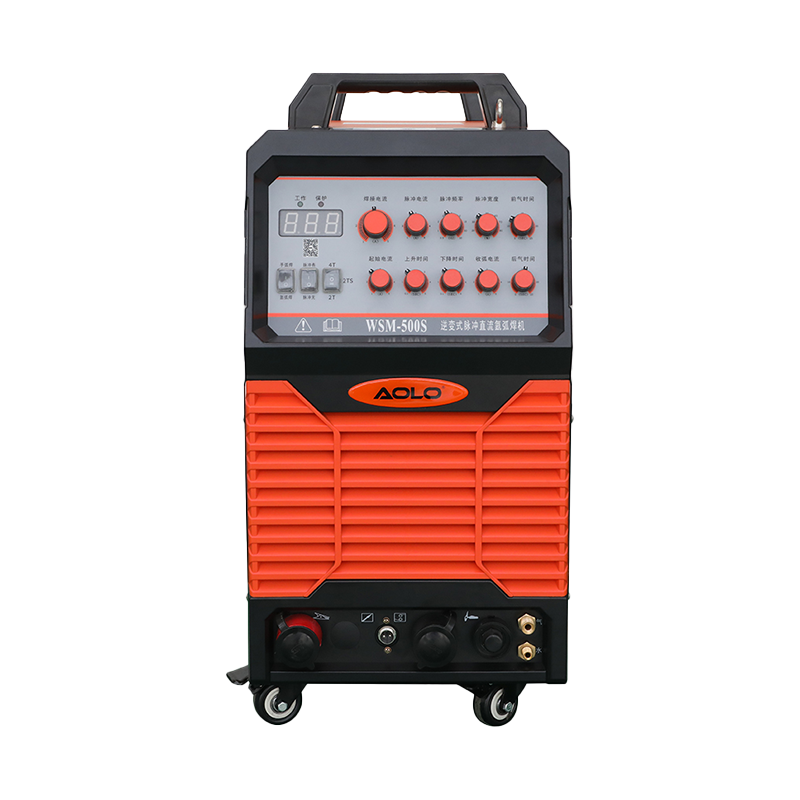
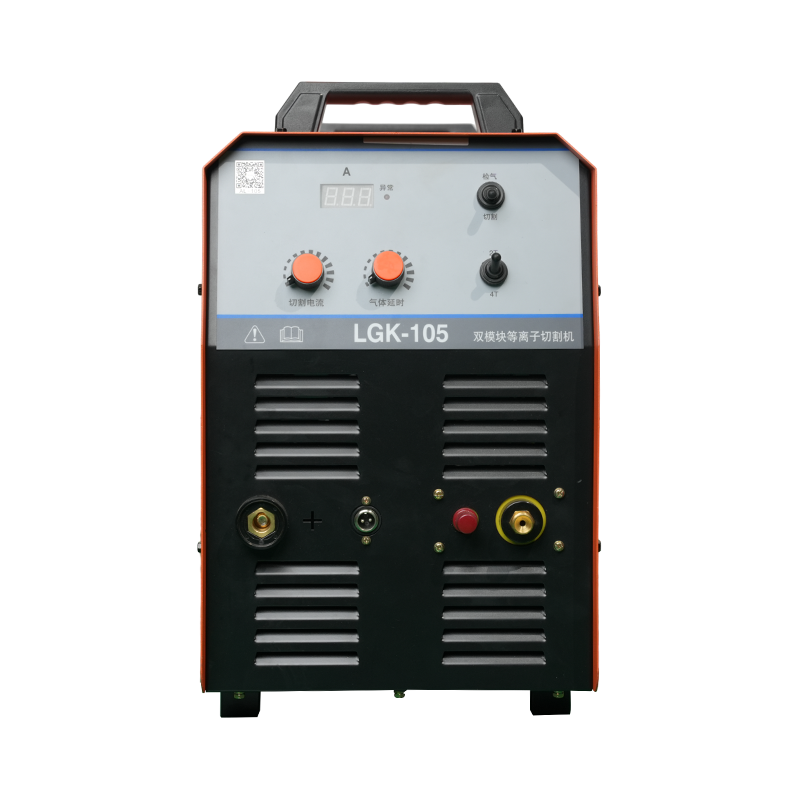
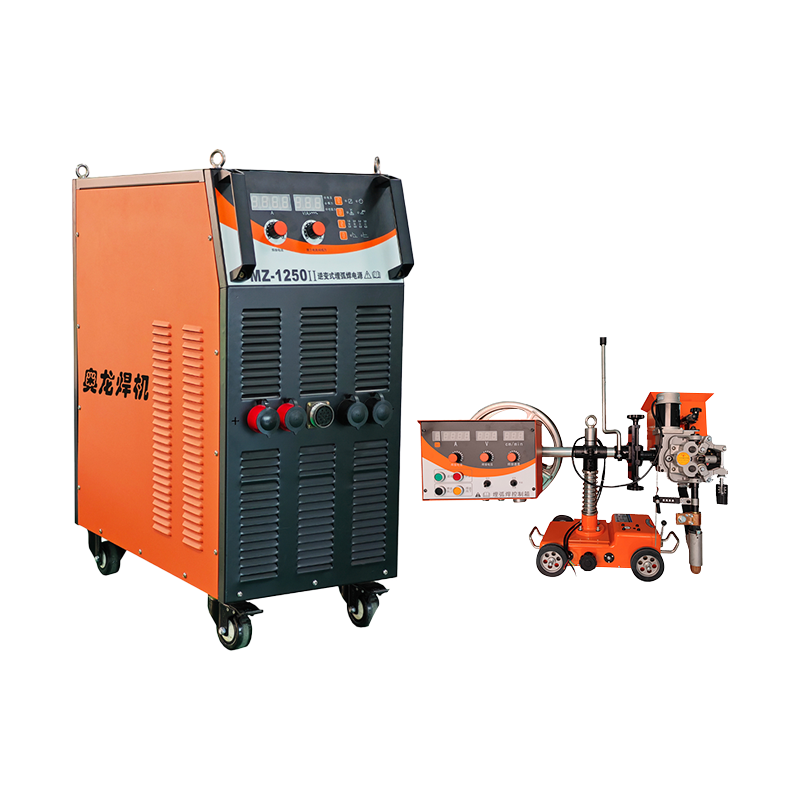
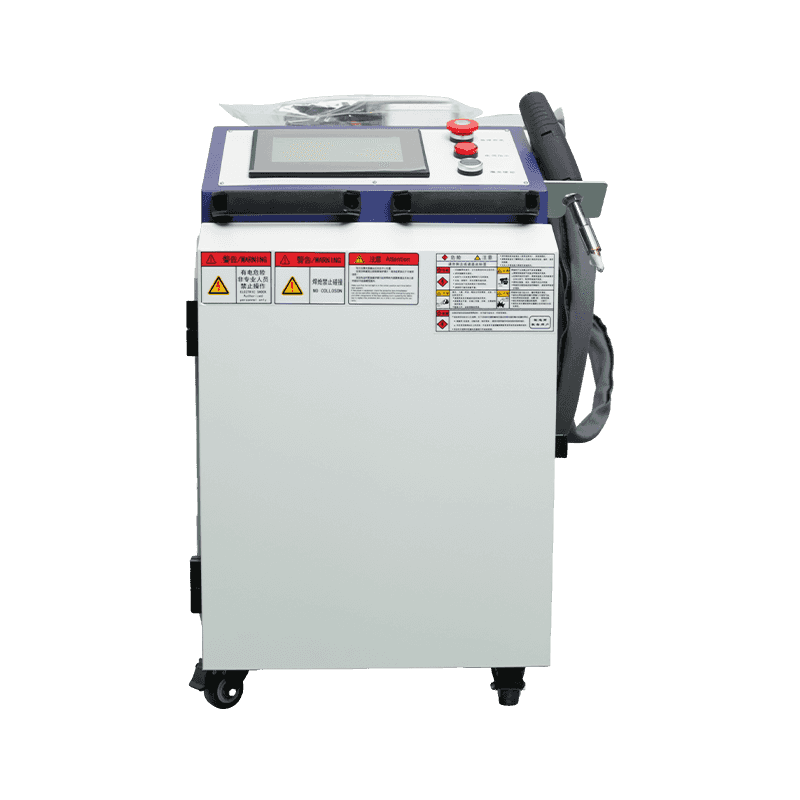
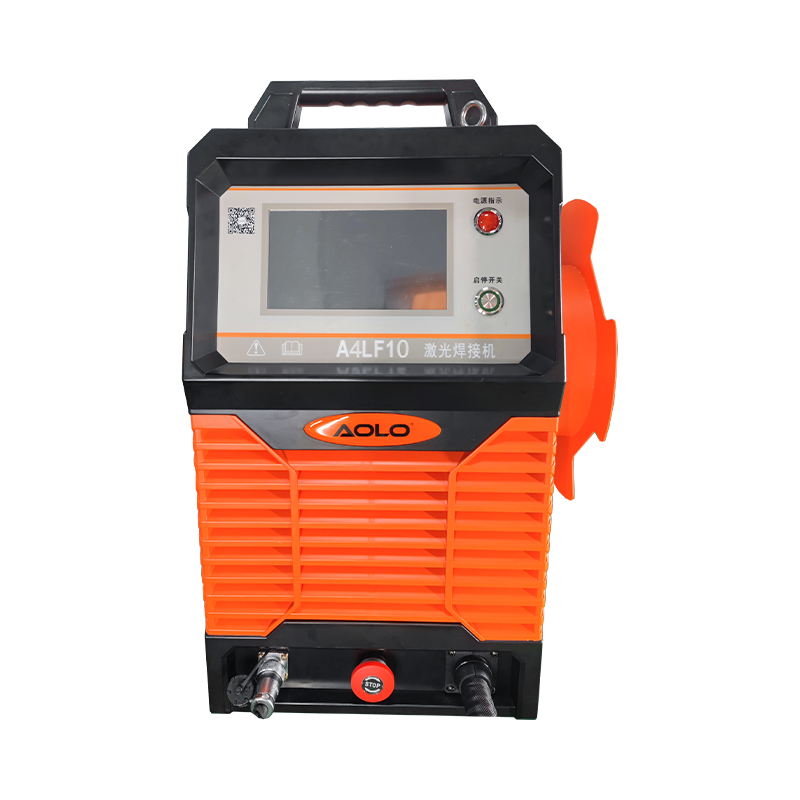








Contact Us